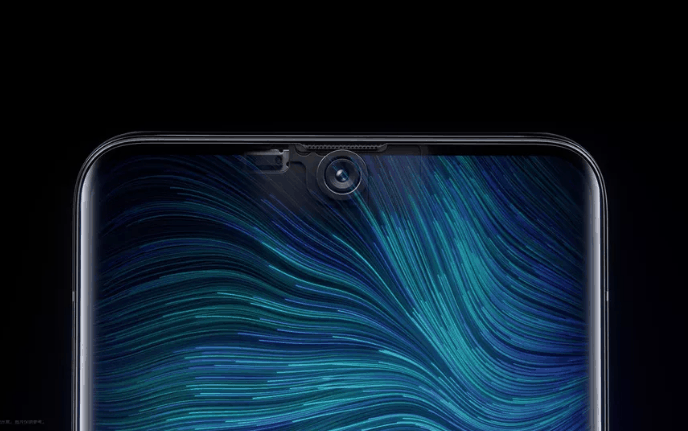Front facing cameras over the years have had several implementations with each attempt at offering a full view on display on smartphones, from the giant notch, to dew drop (smaller notch), to hole punch and motorized pop up camera, none of these seem to offer the perfect implementations as they appear to have their respective drawbacks like interfering with the display and accidental damage that applies to the moving parts.
As it stands, OPPO mobile has announced an interesting tech, a smartphone with the front camera placed under the display called Under-Screen Selfie Camera (USC). What a time to be alive with these advancements in smartphone tech! A time when we are technically done with the notches and getting an increased screen to body ratio which invariably offers even more display.
The announcement was made at the Mobile World Congress (MWC) in Shanghai with OPPO explaining the science behind the technology. OPPO Mobile says the display uses a custom transparent material that works with a redesigned pixel structure so that light can get through to the camera. The sensor itself is said to be larger than other selfie cameras, with a wider aperture lens in front. The area of the screen reserved for the camera still works with touch control, and OPPO says display quality won’t be compromised.
Without a doubt, OPPO Mobile has been able to show that it can provide users with ever more screen real estate where other smartphone manufacturers have struggled. Interestingly, the next best thing to the Under-Screen Selfie Camera (USC) technology, which is the mechanical pop-up cameras; was also pioneered by OPPO Mobile, leaving notches and pinholes behind, design and performance wise.
It is not surprising that OPPO has yet again pioneered the Under-Screen Selfie Camera (USC) smartphone technology. The brand has traditionally been known to fast track its technological advancements and bring them to market quickly – so it’s possible that we may have this tech in our hands sooner rather than later.






